Ordinary-looking objects with supposed supernatural powers

People have always been fascinated by magic and myths. We want to believe that we can stumble upon something that can make us special, whether it’s alien ancestors or experiments with unintended consequences. Sometimes we want to believe that ordinary objects are endowed with supernatural powers that help heal the sick, put a curse on criminals, or bring people back from the dead.
There are many stories of such objects with supernatural properties. Often the romanticism of the story itself is enough to make people believe it, even though little or no real evidence exists.
10 Ordinary-looking objects with supposed supernatural powers
10. Drake’s Drum
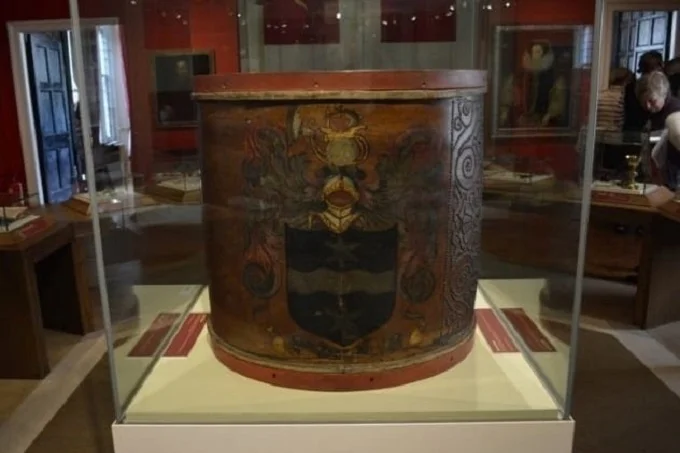
Sir Francis Drake was an explorer, adventurer, slave trader, and pirate. He died of dysentery in 1596 off the coast of Panama, and his remains were buried at sea. But his remains were sent to his childhood home at Buckland Abbey.
Among the items was a small leather drum, such as those used to signal an attack. It is believed that the drum was not particularly important to Drake. However, the drum has a legend. It is said that when England was in danger, the drum would beat by itself, warning of it. And, if anyone beats the drum to call Drake home, he will rise from his watery grave to defend his country.
There have been several stories of the drum beating itself. Napoleon is said to have heard it when he was brought to a nearby harbor. The drum is also said to have been beaten at the beginning of World War I and during the evacuation of Dunkirk. It is also said that when German sailors surrendered in 1918, they heard a drumbeat, although there was no drum on board the ship.
Whether it was Drake’s drum or some other supernatural musical instrument is unclear. Recent attempts to remove a replica drum from Buckland Abbey have failed, which is even a good thing, because legend also says that England will fall if the drum is removed from the Abbey. Better to be safe than sorry.
To get the latest stories, install our app here.
9. Busby’s Cursed Chair
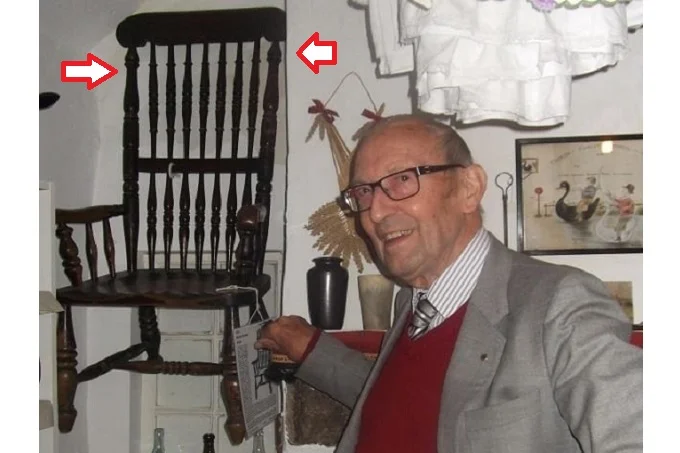
Thomas Busby was not a pleasant man. He drank too much and often behaved violently. In 1702 he was convicted of murdering his father-in-law, and, as custom demanded, he was hanged, and his corpse displayed at a crossroads. His body was to hang on the gallows until it decomposed. There was a roadside inn next to the gallows. It soon became known as Busby’s Stoop Inn.
The inn was said to be haunted by Busby’s ghost. In particular, Busby seems to have objected to guests sitting in one chair specifically. World War II pilots stationed nearby believed the chair was cursed, and tragedies happened to several of those who dared to sit on it in the 1970s.
In 1978, a hotel owner, concerned about his regular customers and perhaps to attract more of them, donated the chair to a local museum with the stipulation that no one should ever sit in it. Despite regular offers from some buyers willing to buy the chair, as well as from sensation seekers willing to sit on it, the museum refused to sell it. The chair is permanently on display and suspended from the wall. It looks like Thomas Busby won’t be scaring people anymore.
8. The Nanteos Cup
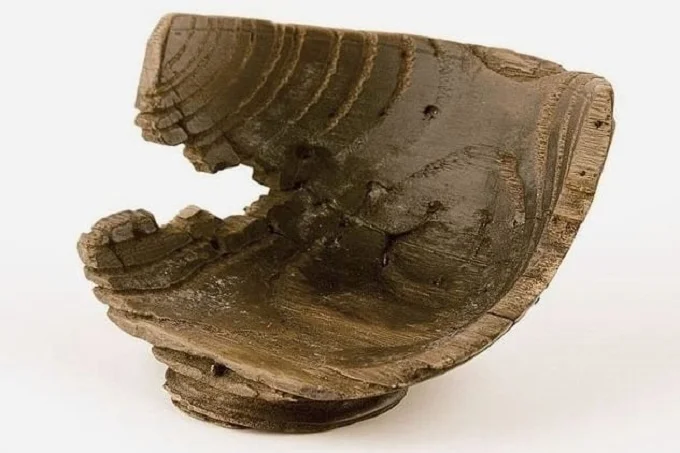
The Nanteos Cup, which some consider being the Holy Grail, is a wooden bowl (or rather, the remains of what was once a wooden bowl). It was first kept at Strata Florida Abbey in Wales and is now permanently on display at the National Library of Wales.
The bowl was believed to have the power to heal. The poor condition of the cup probably stems from the habit of lending it to the sick, lame, and dying. No rent was charged for the cup, although borrowers had to leave their most valuable asset as collateral to ensure its return.
In 2014, the cup was stolen, but a year later, it was safely returned through an anonymous source. It is not known if the goblet interested the thieves in its mystical properties, though police may have been suspicious of anyone who had recently healed miraculously.
7. Hand of Glory

The Whitby Museum in Yorkshire, England, houses the mummified remains of a human hand known as the Hand of Glory. The Whitby hand was discovered in the early 20th century, hidden inside the wall of an ancient thatched hut, and is believed to be the last find of its kind.
Presumed to be the right hand of a hangman, which was cut off while the body was still decomposing, the Hand of Glory could have been used by robbers as a candle, with the fingers dipped in special wax and set on fire. If the finger refused to light, it meant that someone in the house was awake. The fire could not be put out with water or knocked down, but only by pouring blood or blue milk on it. And where are you going to find blue milk?
Not only was the arm a perpetual source of light, but it also helped save the cost of watching for potential victims of criminals. If you want to make your own Hand of Glory, and you happen to have the right hand of a recently executed criminal, you will need to wrap the hand in a piece of shroud, squeeze blood from it and put it in a clay pot, adding saltpeter, salt, and pepper (presumably for flavor).
Leave the hand for two weeks and then expose it to the sun on hot afternoons. If the days aren’t hot enough, you can dry the hand in an oven lined with fern leaves. Then (and this may be difficult to accomplish), you need to make a candle wax from the fat of a hanged man, pure wax and Lapland sesame (oil from a plant that is now extinct). That’s it. You will have a perpetual lantern.
6. John Dee’s Crystal (John Dee)
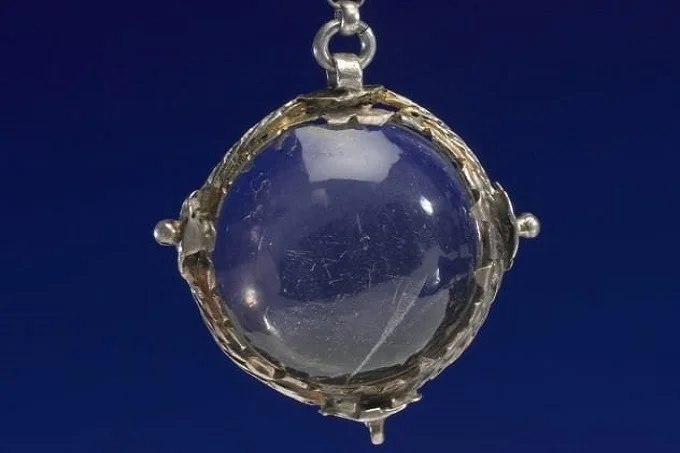
John Dee was an adviser to Queen Elizabeth I on science and astrology. He was also a mathematician and fancied himself a bit of a doctor. And yes, he talked to angels. He communicated with them by means of a special mirror, which he called his “divining mirror,” and the angels apparently loved him, because in 1582, according to Dee, the angel Uriel (the fourth Archangel and angel of repentance) gave him a large purple Crystal.
Dee used the crystal to predict the future. (What else is there to do with it?) The crystal passed to his son, who gave it to his doctor, Nicholas Culpeper. Culpeper used the stone in his medical practice, claiming that the crystal could heal patients. However, after a “demonic spirit” emerged from the crystal, Culpeper stopped using it. In 1937, the Wellcome Trust purchased the crystal, and today it remains in their collection. It is unknown if they used its magical properties.
To get the latest stories, install our app here.
5. The Heart of the Bull, which prevents misfortune

In 1892, a chimney sweep must have been very surprised when he discovered a bull’s heart in a pipe. He was probably even more surprised when he realized that the heart was pierced with large nails and spikes.
Moreover, next to the heart was a toad, also pierced with thorns. It was believed that both of these objects could prevent misfortune. That is, they could ward off evil spirits. The idea was that the heart would shrivel up under the influence of the smoke, just like the evil spirits. It makes perfect sense!
Many people believed that the chimney was a place of entrance for evil spirits, and various talismans were placed inside the pipes for protection. The pierced heart of an animal was used to punish a witch who had killed the owner’s livestock. The heart of the animal was cut out and pierced with “three-headed” iron nails before being suspended in the chimney and roasted over burning ash logs (ash is known to have anti-witchcraft properties). The roasted heart was then left in the chimney to protect the house and farm, and the constant burning of the heart-burning fire caused the witch excruciating eternal pain.
4. St. Moore’s Bell

It is said that the bell of St. Moore (St. Mura) was brought to earth by angels. The locals, attracted by its loud ringing, came running and saw it coming down from heaven. When the whole village gathered in front of the bell, it stopped ringing, and its tongue separated from the bell and flew back into the heavens.
It was concluded that the heavenly bell was not meant to be rung on earth, but for a holy purpose. Since then, it has not been used to extract annoying sounds, but to relieve human suffering, which is a blessing to all. It is said that by drinking from the overturned bell, you get “absolute assurance of safety.” The bell has been used to relieve the pain of women in labor and to heal the sick. Today, the St. Moore’s Bell is kept in the Wallace Collection in London, but it is not known if it retains its healing powers.
3. The Witch’s Ladder
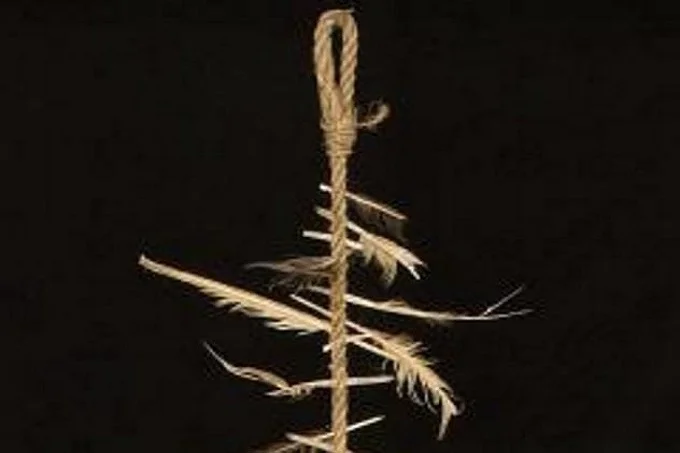
In 1911, the widow of the famous anthropologist donated items found in the attic to the Pitt Rivers Museum in Oxford. Among the objects donated were four brooms and a piece of rope. The rope was about 1.5 meters long, with a loop at one end. Feathers were stuck along the entire length of the rope. It was the only known example of a real witch’s ladder.
The ladder was said to have belonged to an old woman and, therefore, a potential witch, and was believed to have been used to steal the milk her neighbor’s cows provided.
Unfortunately, nothing is known about exactly how it worked, and while there is speculation about the purpose of the ladder, aspiring witches today would find it easier to walk to the supermarket.
2. Purple Sapphire Deli

The Purple Sapphire of Delhi is certainly a mysterious object, not least because, despite its name, this stone is actually an amethyst, coming not from Delhi but from Kanpur, 500 kilometers away. It was gifted to the Natural History Museum in London in 1944 by Edward Heron-Allen’s daughter. The sapphire was packed into seven boxes.
When the last box was opened, it was clear from an accompanying note written by Edward Heron-Allen that the sapphire/amethyst would be a highlight. The letter was addressed to a reader “in mourning.” The stone, Heron-Allen claimed, was cursed and stained with the blood and ignominy of all who possessed it. Heron-Allen claimed that the stone was stolen from the Temple of God Indra during the siege of Kanpur and caused at least three deaths as well as financial losses for its owners. It caused the famous singer to lose her voice forever.
Heron-Allen tried to get rid of the stone, but it came back to him. Edward felt obliged to keep it until his death, safely locked in a sturdy bank safe, and left instructions that the stone should be given along with his letter, and that his daughter should never touch it.
He ended the letter by saying, “My advice […] is to throw it into the sea. The Rosencreutz oath forbids me to do so, or I would have done so long ago.” Whether the stone is really cursed is a question. No one has worn the ornament since, though it is still on display in the Museum of Natural History.
1. The Clootie Well in Munlochy

Munlochy is located on the Black Island far in the north of Scotland. It is mostly famous for its Clootie well. There are several Clootie wells in Scotland. They are built over natural springs, and almost always have one or more trees growing beside them.
It is believed that there was once a chapel behind the Clootie in Manloka. A Clootie is a strip of cloth that is tied around the branches of a Clootie tree. The well in Manloki dates back to pre-Christian times, when the well is said to have been inhabited by spirits. The Clootie of Manloki is also supposed to be inhabited by the spirit of St. Boniface. The strips of cloth that were tied around the tree were supposed to honor the spirit that dwelt in the well.
The cloth was lowered into the well. Sick people often sucked water from the cloth before tying it around the tree, as the water had healing power, or sometimes the cloth was used to wipe an injured area of the body. Those who were unfortunate made a pilgrimage to a Clootie well in the hope of changing their fate.
However, these wells are not entirely benign. It is said that anyone who removes a Clootie from a Clootie well will be subjected to the misfortunes that the person who placed the cloth there tried to get rid of. We have warned you! To get the latest stories, install our app here.




